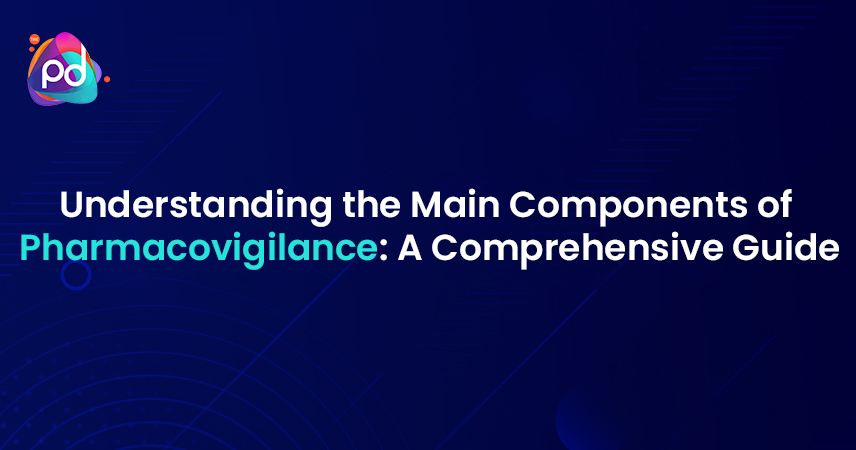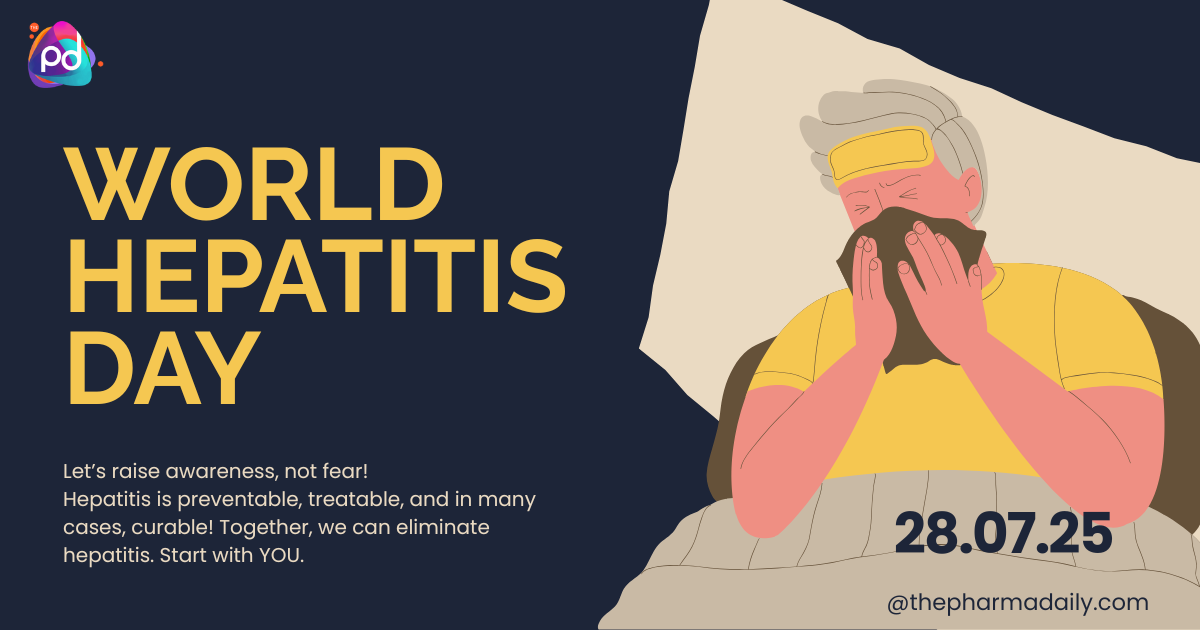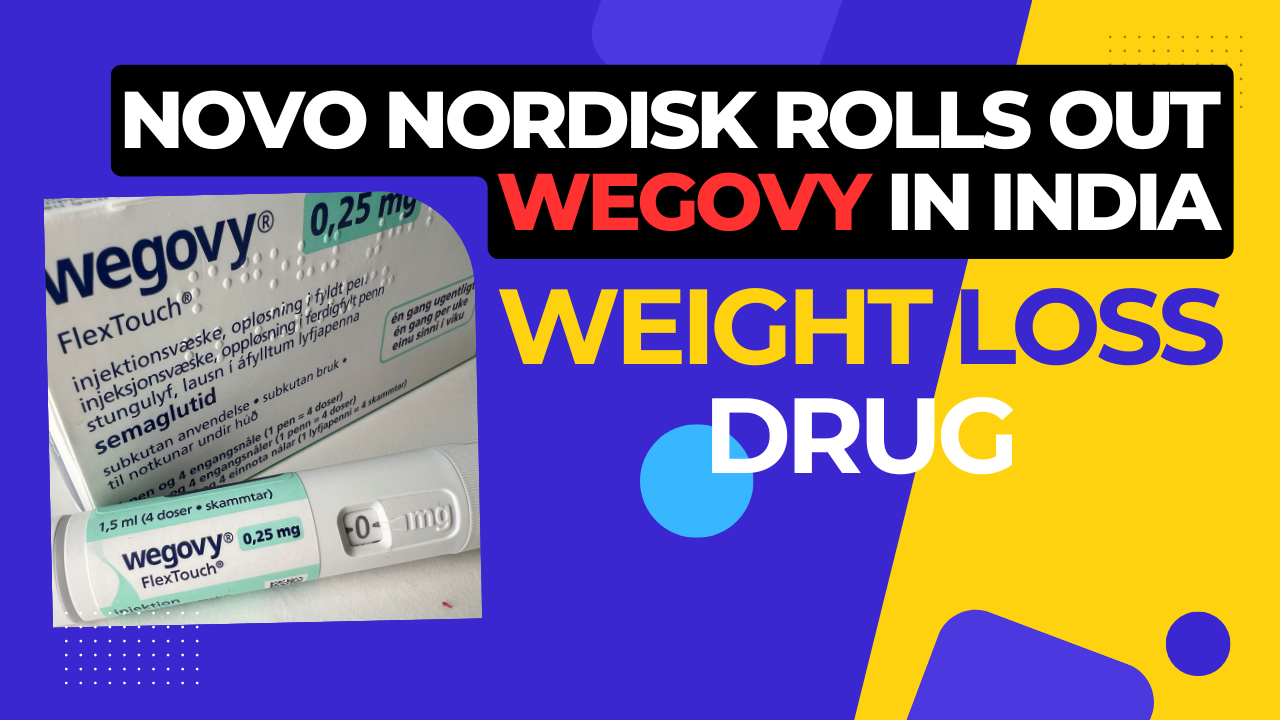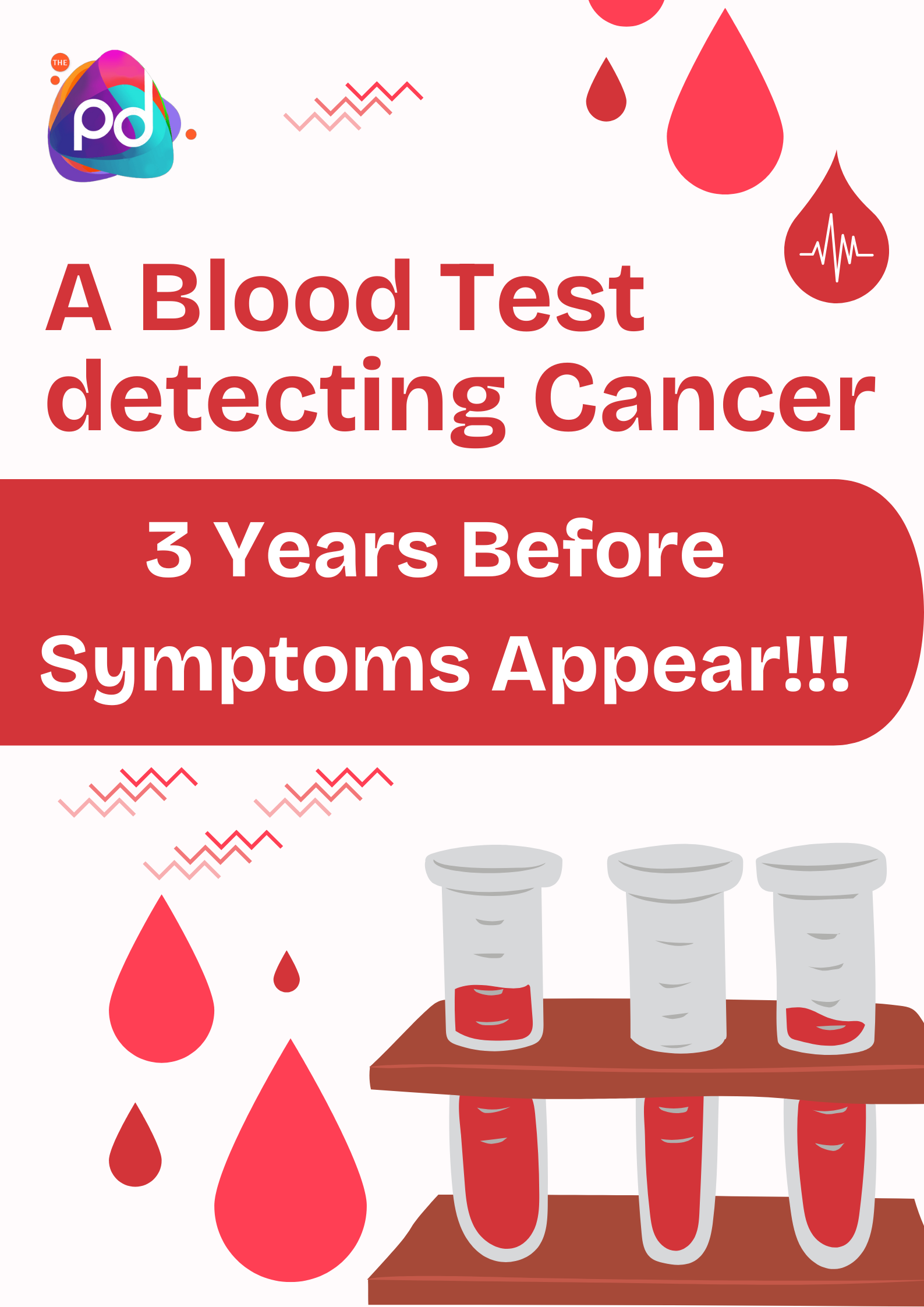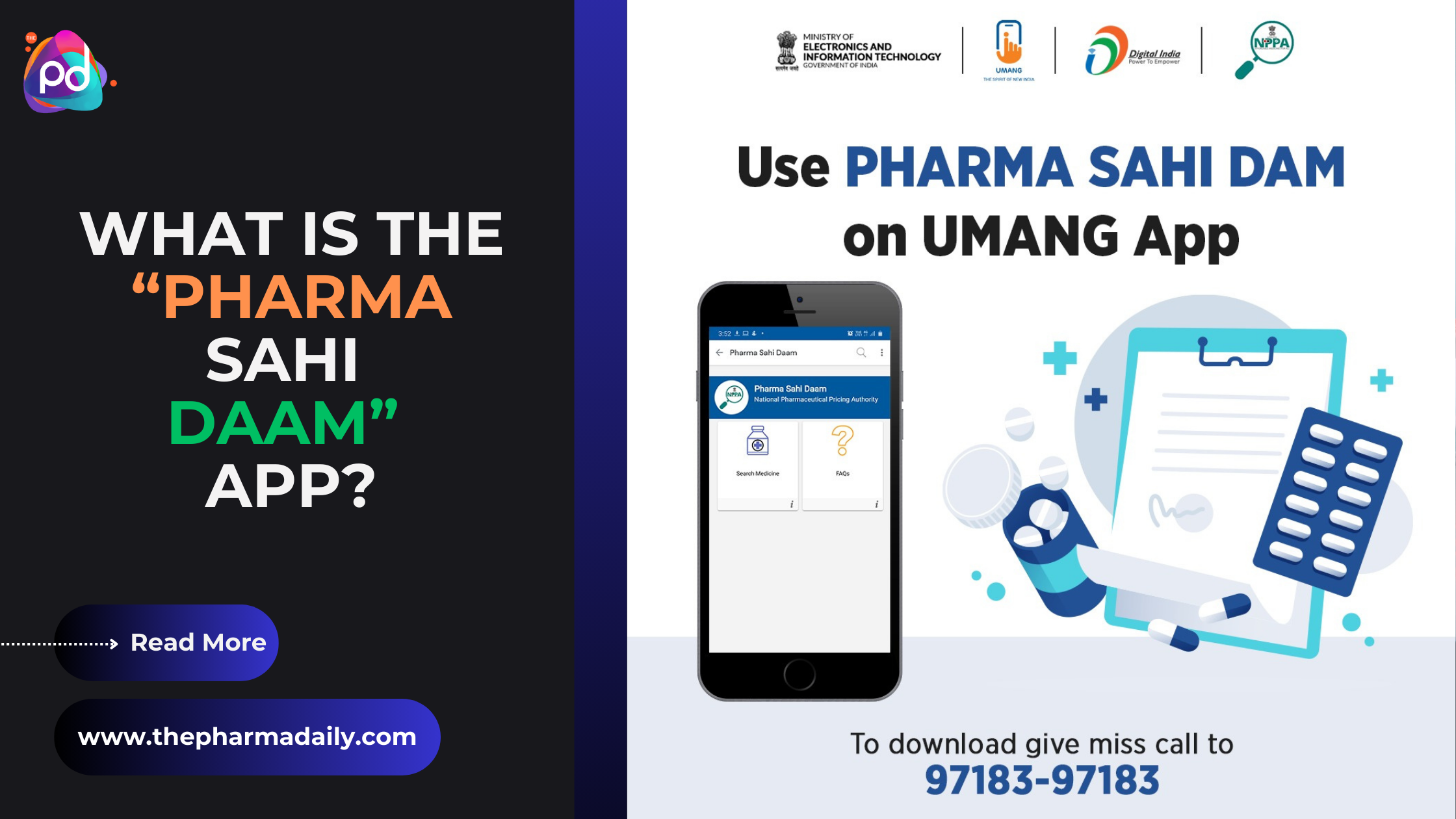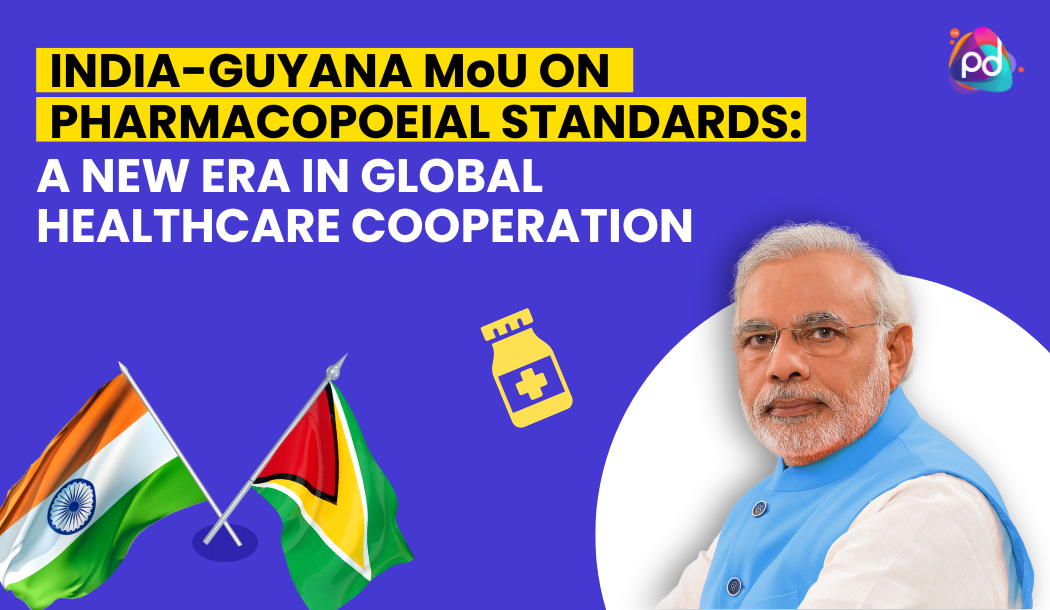World Hepatitis Day 2025 – Let’s Break It Down
-
Reporting and Collection of Adverse Events
The first component of pharmacovigilance is the reporting and collection of adverse events. Healthcare professionals, patients, and pharmaceutical companies can report adverse events through various channels, such as spontaneous reporting systems, clinical trials, and literature reviews. These reports are collected and analyzed to identify any potential safety concerns related to drugs or medical products.
-
Signal Detection
The second component of pharmacovigilance is signal detection. Signal detection involves analyzing adverse event reports to identify potential safety signals or trends that may indicate a safety concern. This is done by using statistical analysis and other methods to identify any unexpected patterns in adverse event data.
-
Risk Assessment
The third component of pharmacovigilance is risk assessment. Risk assessment involves evaluating the potential risks associated with drugs or medical products and assessing their likelihood and severity. This is done by reviewing available data, such as clinical trial data, adverse event reports, and other safety data.
-
Risk Management
The fourth component of pharmacovigilance is risk management. Risk management involves developing and implementing strategies to mitigate any identified safety risks associated with drugs or medical products. This can include changes to the product labeling, educational materials, or other risk minimization activities.
-
Communication
The fifth component of pharmacovigilance is communication. Effective communication is essential to ensuring the safety of drugs and medical products. This includes communicating safety information to healthcare professionals, patients, and regulatory agencies. Effective communication also involves providing clear and concise product information and risk management plans.
-
Training and Education
The sixth component of pharmacovigilance is training and education. Training and education are important for ensuring that healthcare professionals, patients, and pharmaceutical companies are aware of the potential risks associated with drugs and medical products. This includes providing education on adverse event reporting, risk assessment, risk management, and communication.
Conclusion
Pharmacovigilance is a critical component of the pharmaceutical industry that helps to ensure the safety of drugs and medical products. The main components of pharmacovigilance include reporting and collection of adverse events, signal detection, risk assessment, risk management, communication, and training and education. These components work together to identify and mitigate potential safety risks associated with drugs and medical products, and to ensure the safe use of these products by patients.

